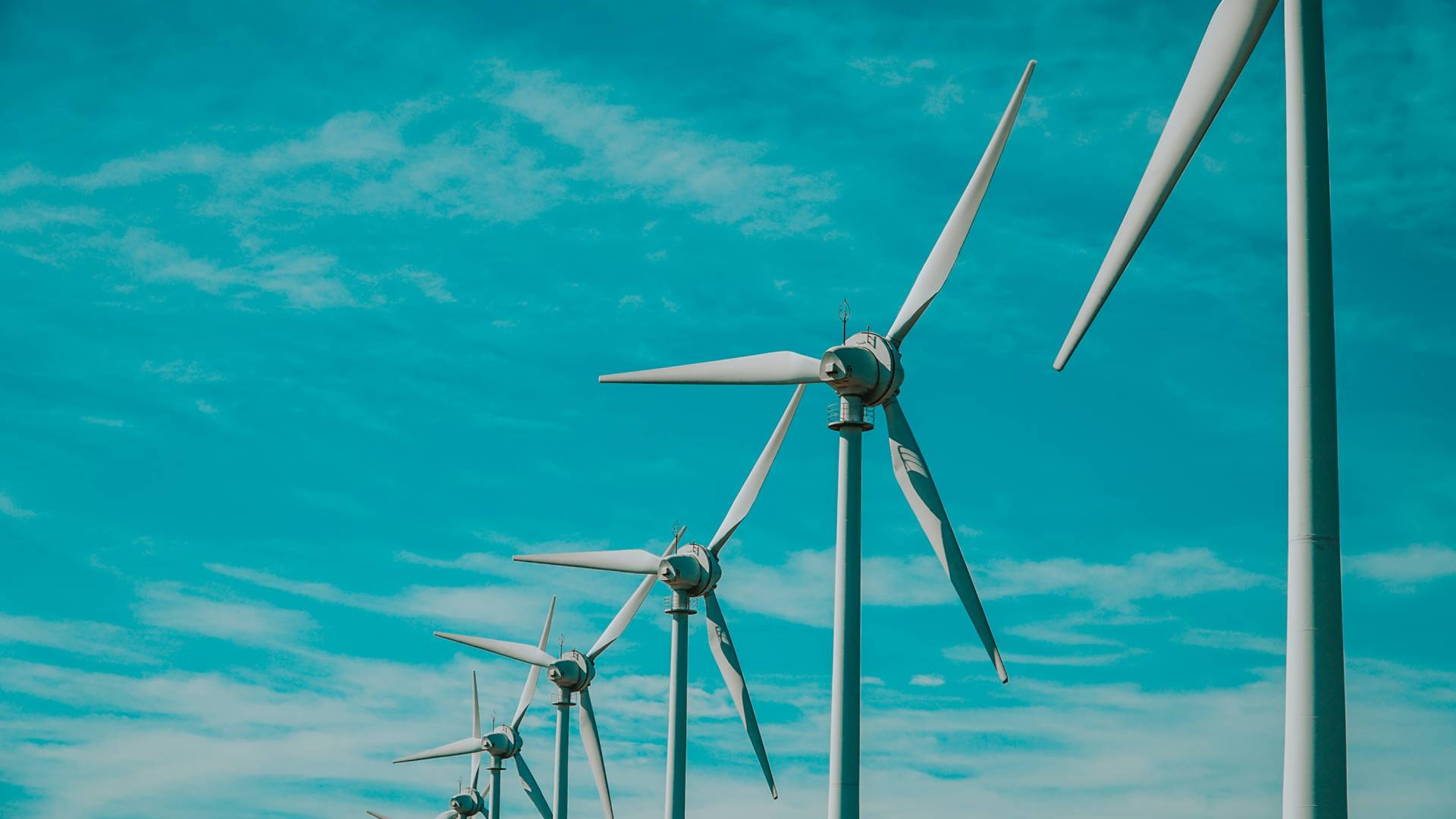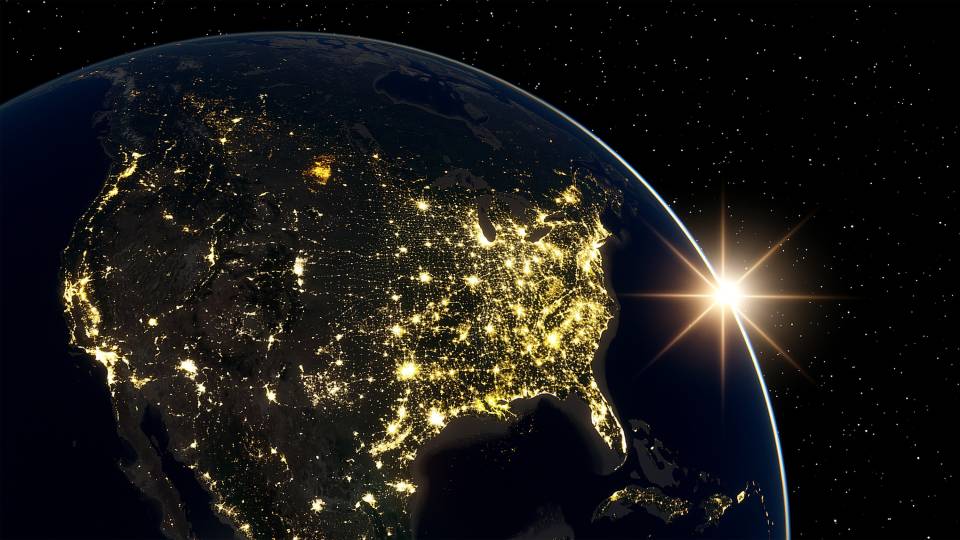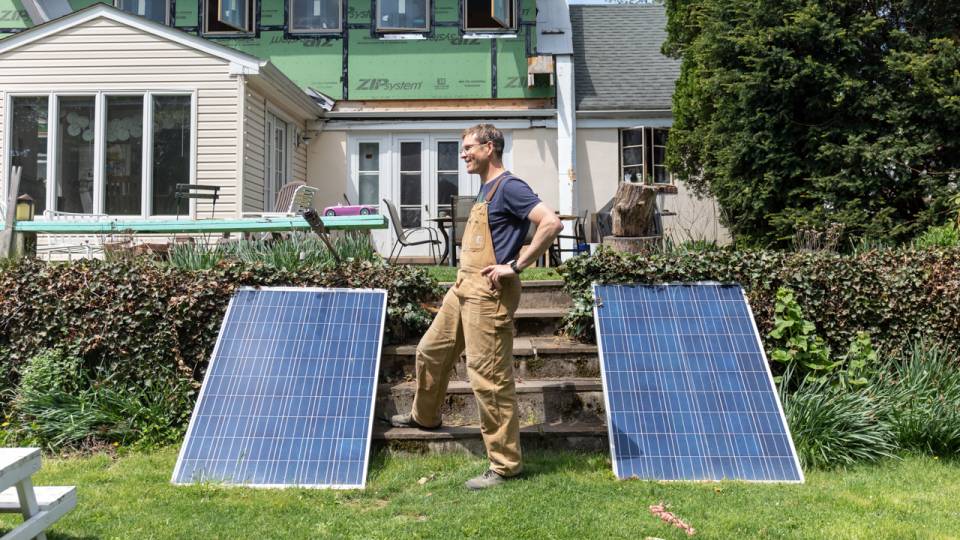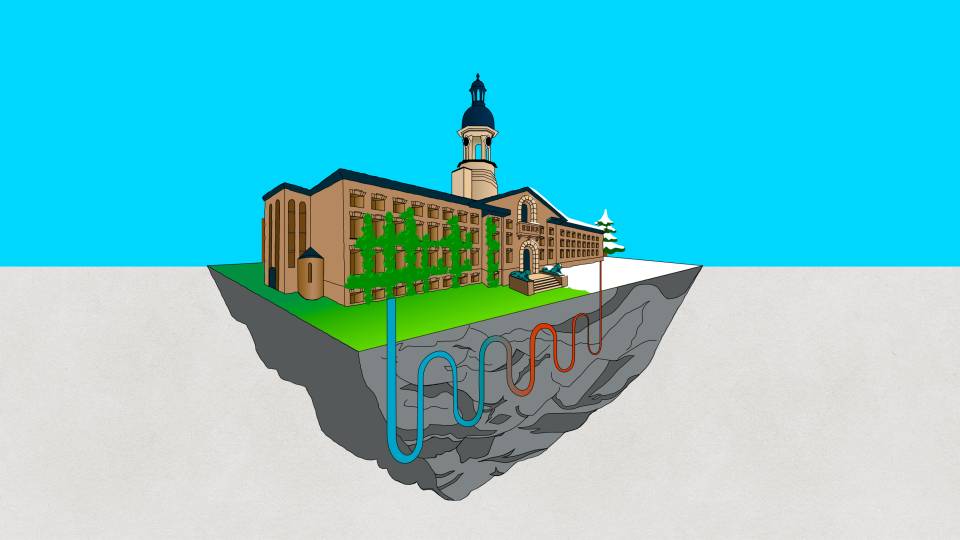Princeton University’s Jesse Jenkins, assistant professor of mechanical and aerospace engineering and the Andlinger Center for Energy and the Environment, has been a leader of both the national and the global charge to net-zero, along with his Net-Zero America project collaborators including Chris Greig and Eric Larson.
Some of Jenkins' research has been key to shaping national climate legislation, including the Inflation Reduction Act (IRA) and the Infrastructure Investment and Jobs Act. In July, The Wall Street Journal profiled Jenkins and the impact his ZERO Lab has had on national climate policy, noting that the group’s work “was widely cited by the White House and media organizations” in the run-up to the passage of the climate measures in the IRA. The lab “has become an important place for data and analysis of the energy transition,” the Journal reported.

Jesse Jenkins
“Net-zero” is the shorthand for the goal of having a net total of zero new tons of greenhouse gases emitted into the world’s atmosphere each year. To meet that goal requires both getting emissions as low as possible and removing as much carbon dioxide as we continue emitting — either through natural solutions like planting trees or with technological approaches.
Here, Jenkins shares what’s been achieved in the last few years since Princeton’s groundbreaking Net-Zero project — and with the passage of the IRA — and looks ahead to the biggest challenges left to solve.
You and your colleagues modeled five pathways to net-zero in the 2020 Net-Zero America project. How much progress have we made? What’s left to do?
We’ve really come a long way. If you think about the kinds of technologies we said we’d need to develop in this decade in order to be ready for wide-scale use in the 2030s and 2040s — if you go down that list, we now have policy support for almost all of them.
We’ve got new provisions and strong grant programs for clean hydrogen, for carbon capture, for direct air capture, for carbon-free clean fuels, for advanced nuclear, for the full list of novel technologies. That’s really encouraging, because none of that existed when we put the report out.
Next, we have to deploy trillions of dollars of capital to build clean energy infrastructure at scale. The Inflation Reduction Act is driving that transformation now, with somewhere on the order of a half a trillion dollars in public spending, which will probably induce a couple of trillion dollars in total capital investment — largely in line with the scale that we need for a net-zero pathway.
Most of that funding is going to mature technologies: wind and solar (and the transmission distribution grid upgrades that we need to deploy them), electric vehicle incentives, energy efficiency and electrification. If you take all that in, we’ve come a huge distance.
What still needs to be done?
Upgrading our electrical infrastructure.
The electricity sector is the critical linchpin in the net-zero path. Electricity itself is responsible for about a quarter of our emissions, so you’ve got to eliminate those. Plus we want to fuel electric vehicles and heat pumps, produce clean hydrogen, directly electrify industrial process heat, run direct air capture facilities — all with clean electricity. Electricity-consuming technologies are key to decarbonizing other sectors.
That creates a critical, dual challenge in the electricity sector: We have to cut emissions faster and deeper than any other sector, and do that while simultaneously expanding electricity supply quite substantially — by 25% by 2030, 50% by 2035, and 150%, give or take, by 2050.
Our electrical demand will more than double over the next two and a half decades, so that’s an enormous challenge. We’re not going to be able to get there, to both build clean energy and more than double our electricity supply, with today’s electricity, transmission and distribution grid.
We’re going to need a bigger grid?
We’re definitely going to need a bigger grid to supply all of that electricity, just to meet the growing demand. And we’re also going to need a different grid, to tap into the best and cheapest clean energy resources across the country.
We need to build a grid that can harness the best wind power sites and the best solar power sites, and to share energy across a larger geography so that we can balance out the variability of demand and supply and improve grid resiliency, since it’s going to be such a central piece of our energy system.
Transmission lines take a long time to build, so we really should have been doing this yesterday. The second-best time is to do it now.
Your recent paper in the journal Science said the U.S. is not on track to meet our pledge to be net-zero by 2050, or our interim goals for 2030.
In percentage terms, our goal is to get down to about 50% of our peak emissions levels by 2030, and then on to net-zero by 2050. Emissions peaked between 2005 and 2007, so 2005 is typically used as the benchmark year for these kinds of calculations. We’re basically at 15% below that peak now. We’ve been cutting emissions about 1% per year.
Without the Inflation Reduction Act and the infrastructure law, we estimate that we would continue at about that same pace, falling to about 29% below peak levels by 2030.
With the passage of the Inflation Reduction Act, we’ll be between 37 and 41% below 2005 levels. And again, the goal is 50%.
That doesn’t sound like a lot – just nine or 10 percentage points short.
The gap is on the order of 500 to 800 million metric tons of emissions per year, but only if we can build the transmission infrastructure faster than we have in the past. If not, then the gap is more like a billion tons. These are big numbers that require more sustained action.
The other way to think about it is that we’re basically five years behind schedule. We estimate that we’ll hit that 50% target around 2035 rather than 2030. So we need to pick up the pace.
There are a few ways to try to do that, whether that’s federal regulations, or state policy leadership, or voluntary actions by corporations or institutions. And right now, all of those actions are cheaper because the Inflation Reduction Act subsidizes all of those activities, which is good.
But we need to do more, especially with coal.
We’ve basically taken coal from over half of our electricity supply in 2010 to about a fifth now. It’s gone from coal being the number one source of power in the country to now — in this last quarter, we produced more renewable electricity than coal power. Natural gas has taken the number one position in terms of total generation.
If you are trying to quickly and cost effectively decarbonize the economy, we would be moving to phase out coal plants by 2030 or 2032.
What else do we need to be thinking about?
We need to speed up the transition of the workforce. We’re talking about a couple million clean-energy jobs — about 1.5 million jobs by 2030 and about 2.3 to 3 million by 2035 — mostly related to wind and solar. That’s a lot of people, in an economy that’s generally at full employment.
So where are they going to come from? How are we going to help people see these as attractive careers — and to make them truly attractive careers that can support families and offer opportunities for advancement? And how can we train the skilled workforce that we need for these kinds of jobs? That’s a big challenge.
Beyond Net-Zero America, Princeton also supported Net-Zero Australia. Are you working with other countries as well?
We have something exciting coming that we’ll have more to say about soon. For now, I’ll just say that we’re incubating a broad initiative at Princeton’s Andlinger Center for Energy and the Environment, where we’ve been building “Rapid Switch,” a global network of researchers focused on energy transition questions, which focuses on the very different contexts in each country.
Our idea going forward is to work with local researchers to help them launch studies evaluating how their countries and economies could get to net-zero. Net-Zero Australia was the first example, where the University of Melbourne and the University of Queensland led the study, with support from Chris Greig and a little bit from Eric Larson and me.
Over time, this will become a very interesting, and, we hope, impactful global academic collaboration, as we link researchers in different countries together.
Who’s leading the way on the global stage? What can be done to accelerate getting the world to net-zero?
There are positive signs. If you look at the world’s largest emitters — China, the United States, Europe, India, Japan, Korea, Australia, Canada — they have now all committed to net-zero targets, and they are enacting pretty substantial policy packages to move down that road.
We saw Europe and much of the rest of the world redouble their commitments to that transition in light of the energy crisis caused by Russia’s unprovoked invasion of Ukraine. It sent natural gas and oil prices through the roof. The response to that has been both to shift their sourcing of fossil fuels to more friendly sources, like the United States, but also to redouble their efforts to move away from fossil fuels.
I think it was a kind of a collective remembering that the reason we developed nuclear, wind and solar energy and electric vehicles in the first place wasn’t actually about climate change at all. It was about energy security and the response to the oil embargo and oil crises in the 1970s and 80s. That was when we had the first round of investment in all these technologies. Energy security and climate goals go hand in hand.



